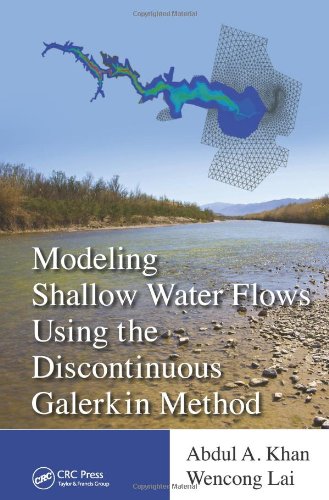

Most ebook files are in PDF format, so you can easily read them using various software such as Foxit Reader or directly on the Google Chrome browser.
Some ebook files are released by publishers in other formats such as .awz, .mobi, .epub, .fb2, etc. You may need to install specific software to read these formats on mobile/PC, such as Calibre.
Please read the tutorial at this link: https://ebookbell.com/faq
We offer FREE conversion to the popular formats you request; however, this may take some time. Therefore, right after payment, please email us, and we will try to provide the service as quickly as possible.
For some exceptional file formats or broken links (if any), please refrain from opening any disputes. Instead, email us first, and we will try to assist within a maximum of 6 hours.
EbookBell Team

4.8
64 reviewsReplacing the Traditional Physical Model Approach
Computational models offer promise in improving the modeling of shallow water flows. As new techniques are considered, the process continues to change and evolve. Modeling Shallow Water Flows Using the Discontinuous Galerkin Method examines a technique that focuses on hyperbolic conservation laws and includes one-dimensional and two-dimensional shallow water flows and pollutant transports.
Combines the Advantages of Finite Volume and Finite Element Methods
This book explores the discontinuous Galerkin (DG) method, also known as the discontinuous finite element method, in depth. It introduces the DG method and its application to shallow water flows, as well as background information for implementing and applying this method for natural rivers. It considers dam-break problems, shock wave problems, and flows in different regimes (subcritical, supercritical, and transcritical).
Readily Adaptable to the Real World
While the DG method has been widely used in the fields of science and engineering, its use for hydraulics has so far been limited to simple cases. The book compares numerical results with laboratory experiments and field data, and includes a set of tests that can be used for a wide range of applications.
This text enables readers to readily understand and develop an efficient computer simulation model that can be used to model flow, contaminant transport, and other aspects in rivers and coastal environments. It is an ideal resource for practicing environmental engineers and researchers in the area of computational hydraulics and fluid dynamics, and graduate students in computational hydraulics.